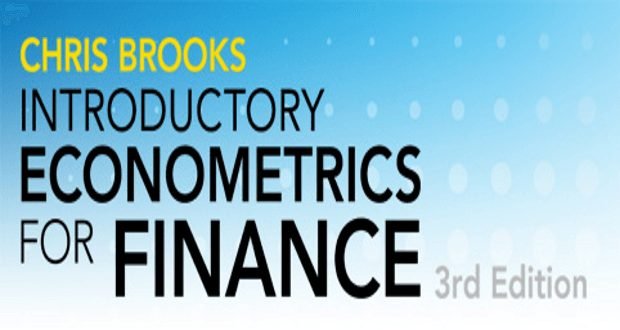180 câu trắc nghiệm Kinh tế lượng – Phần 2

Chapter 5: Regression with a Single Regressor: Hypothesis Tests and Confidence Intervals
KTL_001_C5_1: The t-statistic is calculated by dividing
○ the OLS estimator by its standard error.
○ the slope by the standard deviation of the explanatory variable.
● the estimator minus its hypothesized value by the standard error of the estimator.
○ the slope by 1.96.
KTL_001_C5_2: Imagine that you were told that the t-statistic for the slope coefficient of the regression line \({\hat Y}\) = 698.9 – 2.28*STR was 4.38. What are the units of measurement for the t-statistic?
○ points of the test score.
○ number of students per teacher.
○ TestScore / STR
● standard deviations
KTL_001_C5_3: The 95% confidence interval for \({\beta _1}\) is the interval
○ \({\beta _1} – 1.96SE({\beta _1});{\beta _1} + 1.96SE({\beta _1})\)
○ \({{\hat \beta }_1} – 1.645SE({{\hat \beta }_1});{{\hat \beta }_1} + 1.645SE({{\hat \beta }_1})\)
● \({{\hat \beta }_1} – 1.96SE({{\hat \beta }_1});{{\hat \beta }_1} + 1.96SE({{\hat \beta }_1})\)
○ \({{\hat \beta }_1} – 1.96;{{\hat \beta }_1} + 1.96\)
KTL_001_C5_4: A binary variable is often called a
● dummy variable
○ dependent variable
○ residual
○ power of a test
KTL_001_C5_5: If the errors are heteroskedastic, then
○ OLS is BLUE
● WLS is BLUE if the conditional variance of the errors is known up to a constant factor of proportionality
○ LAD is BLUE if the conditional variance of the errors is known up to a constant factor of proportionality
○ OLS is efficient
KTL_001_C5_6: Using the textbook example of 420 California school districts and the regression of test scores on the student-teacher ratio, you find that the standard error on the slope coefficient is 0.51 when using the heteroskedasticity robust formula, while it is 0.48 when employing the homoskedasticity only formula. When calculating the t-statistic, the recommended procedure is to
○ use the homoskedasticity only formula because the t-statistic becomes larger
○ first test for homoskedasticity of the errors and then make a decision
● use the heteroskedasticity robust formula
○ make a decision depending on how much different the estimate of the slope is under the two procedures
KTL_001_C5_7: Consider the estimated equation from your textbook
\({\hat Y}\)= 698.9 – 2.28*STR
(10.4) (0.52)
\({R^2}\) = 0.051, SER = 18.6
The t-statistic for the slope is approximately
● 4.38
○ 67.20
○ 0.52
○ 1.76
KTL_001_C5_8: You have collected data for the 50 U.S. states and estimated the following relationship between the change in the unemployment rate from the previous year (\({\hat Y}\)) and the growth rate of the respective state real GDP (gdp). The results are as follows
\({\hat Y}\)= 2.81 – 0.23 * gdp,
(0.12) (0.04)
\({R^2}\ = 0.36, SER = 0.78
Assuming that the estimator has a normal distribution, the 95% confidence interval for the slope is approximately the interval
○ [2.57, 3.05]
○ [-0.31,0.15]
● [-0.31, -0.15]
○ [-0.33, -0.13]
KTL_001_C5_9: Using 143 observations, assume that you had estimated a simple regression function and that your estimate for the slope was 0.04, with a standard error of 0.01. You want to test whether or not the estimate is statistically significant. Which of the following decisions is the only correct one:
○ you decide that the coefficient is small and hence most likely is zero in the population
● the slope is statistically significant since it is four standard errors away from zero
○ the response of Y given a change in X must be economically important since it is statistically significant
○ since the slope is very small, so must be the regression R2.
KTL_001_C5_10: You extract approximately 5,000 observations from the Current Population Survey (CPS) and estimate the following regression function:
\({\hat Y}\)= 3.32 – 0.45 * Age,
(1.00) (0.04)
\({R^2}\= 0.02, SER = 8.66
where Y is average hourly earnings, and Age is the individual’s age. Given the specification, your 95% confidence interval for the effect of changing age by 5 years is approximately
● [$1.96, $2.54] ○ [$2.32, $4.32] ○ [$1.35, $5.30] ○ cannot be determined given the information provided.